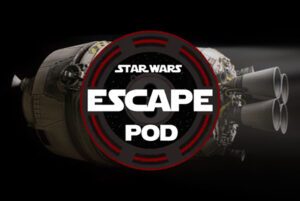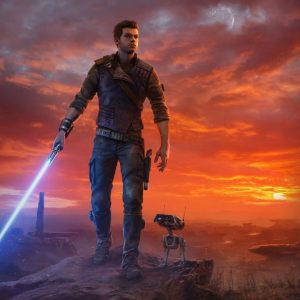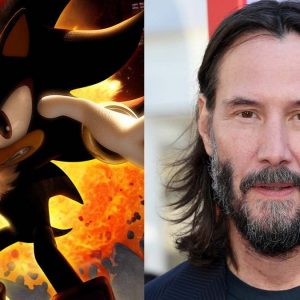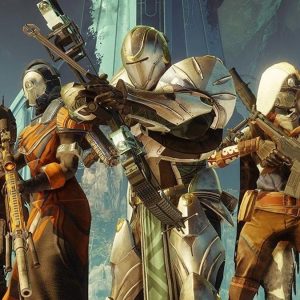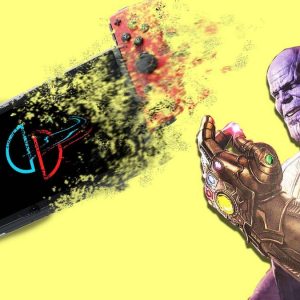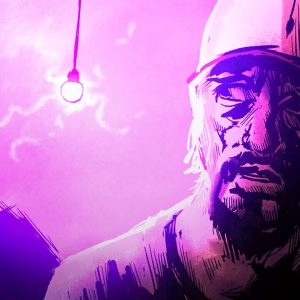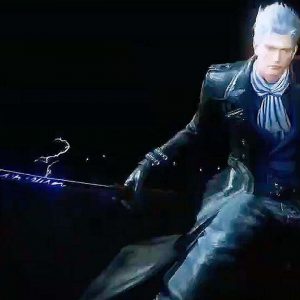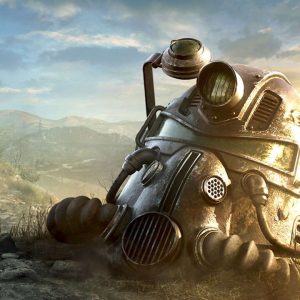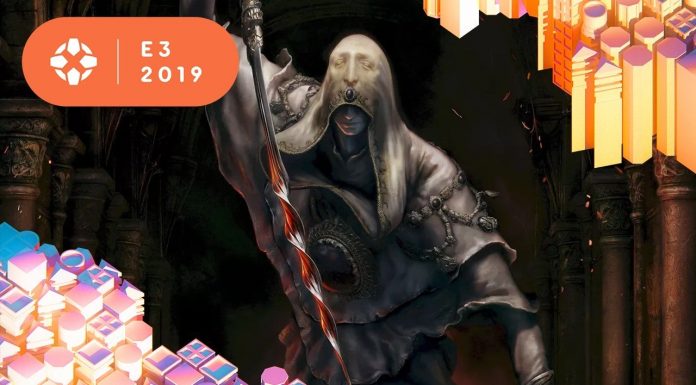[ad_1]
The friendship between Itoi and Iwata began in the early 1990s, when Iwata came to Tokyo to save Earthbound from development hell.

“We were facing severe difficulties with the development of Earthbound. It had become so difficult that we had to ask Iwata’s help,” Itoi says.
Hiroshi Yamauchi, president of Nintendo at the time, had already told Itoi that he ought to meet Iwata on several occasions, but it had never happened. Later, Itoi learned that Yamauchi had been telling Iwata the same thing.
“I think it was in Tokyo at Ape Inc, the studio where we were developing Earthbound, where I first met Iwata,” Itoi recalls.
“At the time, I was the CEO of HAL Lab, but I was also a programmer,” Iwata said in one of the old interviews included in the new book.

“Indeed, the development was not in a status where they could finish the game. So I declared to Shigesato Itoi that in this state it could not be completed,” Iwata recalled.
After examining the state of development, Iwata told Itoi that there were two options.
“If we complete it by fixing what we have now, it will take two years,” he said. “If it is OK to start again from scratch, it can be done in a half year.”
Itoi adds that while the quote may sound insolent, Iwata showed a lot of respect to Itoi and his team.
“There was nothing arrogant in the way he said it,” says Itoi. “You could feel that he really wanted us to choose.”

Itoi chose to start from scratch, but in an interview Iwata says that he was prepared to do it either way.
“If someone suddenly shows up and declares ‘We’re starting over!’ just like that, people won’t be happy. That would kill the atmosphere, and nothing can be done like that. So I decided to just offer two opportunities and give them the freedom to choose,” Iwata said.
“Of course (Iwata) had great skills, but it was his attitude that I found the most appealing. Each time he would come over, it felt like I could trust him even more,” Itoi recalls.
By the time Iwata came to assist the project, Earthbound had already been in development for four years. Assets like the graphics, sound and scenario were already complete. One visit was enough for Iwata to grasp that the ingredients were already there. He took the game’s data back to HAL Lab in Yamanashi Prefecture, and one month later he came back to Tokyo to show Itoi and his team that Earthbound’s field had now become scrollable.

“I had only done the obvious, but the team was so surprised,” Iwata said in an interview. “It was a bit odd to see them so excited, because I didn’t think I had done anything special. It made me realize that the development had really reached a dead end for them.”
But what was “only the obvious” for Iwata may not have been as easy for others. Iwata was not just a charismatic leader, but also a genius programmer.
Known for developing NES classics like Balloon Fight and Golf, Iwata was mostly a self-educated programmer. In one interview, Iwata explained how he developed his first game during high school in Hokkaido.
“At a time where the word ‘PC’ didn’t even exist yet, I found a calculator that could do programming,” he said. “I made games during class, and then had a friend sitting next to me play the games I made. That’s how I started programming.”
After graduating high school, Iwata went on to study computer science at the Tokyo Institute of Technology, but he really learned how to program on the streets – or more accurately, at the department store.

When Iwata moved to Tokyo in 1978, the Seibu department store in Ikebukuro was one of the few stores in Japan that sold PCs. Iwata spent all his free time at the department store. At the time, it was normal for people to come by and write programs at the store. PCs were too expensive for most people to buy, but Iwata managed to buy one by using all of his savings and even taking out a loan. However, even after this investment, Iwata still continued going to the department store. He would write his programs at home, and then take the data to the department store.
“I think I wanted to show my programs to other people,” he said. “At the department store, there was always someone to show it to.”
On a certain day, a clerk at the department store approached Iwata.
“I’m starting my own company,” said the clerk. “Wanna help out?”
While still a student, Iwata started part-timing at the newly founded HAL Lab, which would later become a worldwide acclaimed development studio with titles like Kirby and Smash Bros.
To Iwata, that part-time job instantly became more important than his studies.
“Working at HAL Lab was a lot more fun than going to school,” Iwata said, laughing, in an interview.

After graduating, Iwata became a full-time employee at HAL Lab, and roughly 10 years later he became the company’s CEO at the young age of 32. That’s a big accomplishment, but Itoi remembers Iwata as someone always reserved and humble.
“Even later, when he became the president of Nintendo at the age of 42, I think he still acted like the younger brother while being a leader at the same time,” Itoi says.
Itoi believes that Iwata’s “little brother always ready to help out” type personality played a huge role in his capability to save Earthbound.
“One thing I remember very well is how Iwata started by making a tool for everyone to fix the game,” Itoi says. “Iwata said that he would finish the game in half a year, but he never intended to do it single-handedly. He restructured things and created an environment in which the whole team could contribute.”
Itoi remembers two quotes from Iwata at the time, which both later became famous: “Programmers never say no,” and, “If we have the computer do all the things it is able to do, we can focus on what only people can do.”
While the first quote is often misunderstood as an unfair demand to programmers, Itoi explains that Iwata used it in the context of granting the director creative freedom.
The latter quote indicates that while Iwata was a genius programmer who could set up a structure to save a doomed project in a very short time, he did not see computers as almighty.
“He used computers as an efficient tool, but what really interested him was what people could do with them,” Itoi says.
Half a year after Iwata joined the project, Earthbound was playable from beginning to end. Then, the team decided to spend an additional six months to further polish the game.
Earthbound was released in 1994 in Japan and 1995 in the United States. Iwata and Itoi remained close friends until Iwata passed away on July 11, 2015.
The book Iwata-san is available now in Japanese only, published in Japan by Hobonichi.
Esra Krabbe is an editor at IGN Japan. He misses Iwata’s Nintendo Direct presentations.
[ad_2]
Source link
